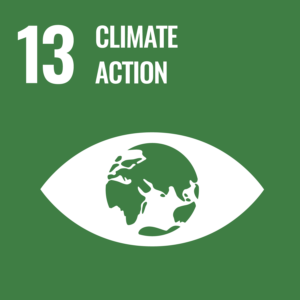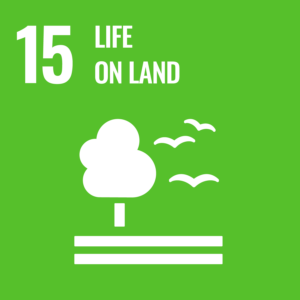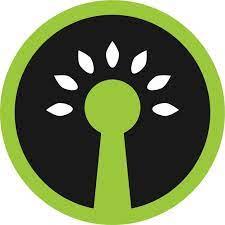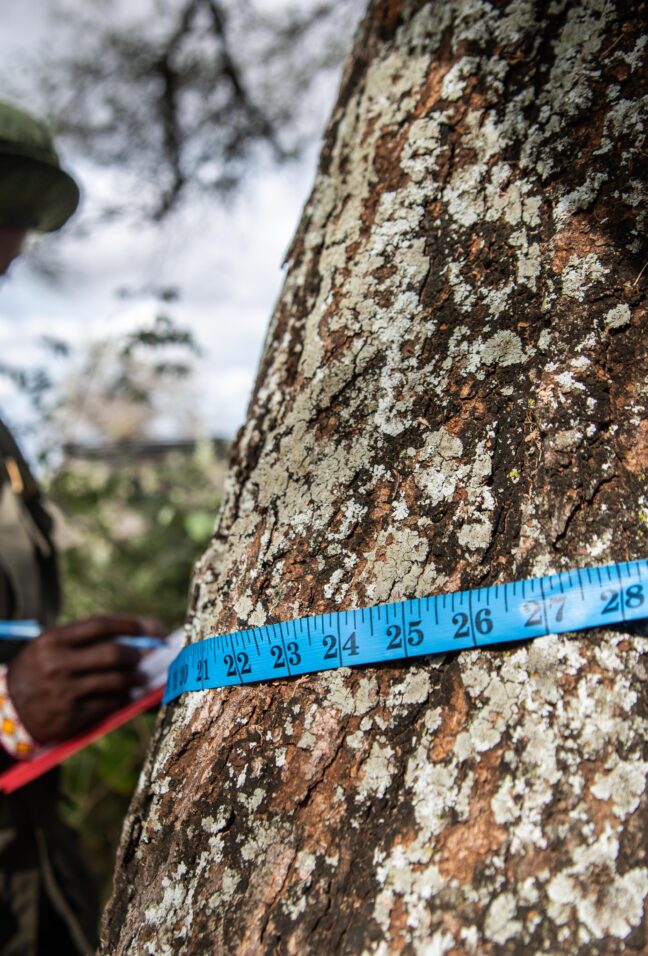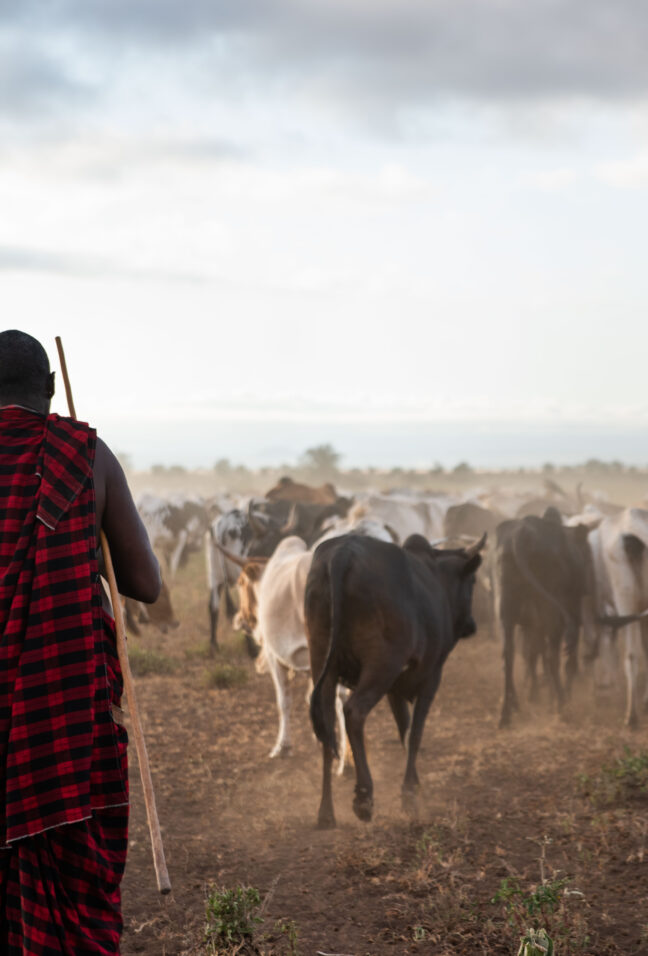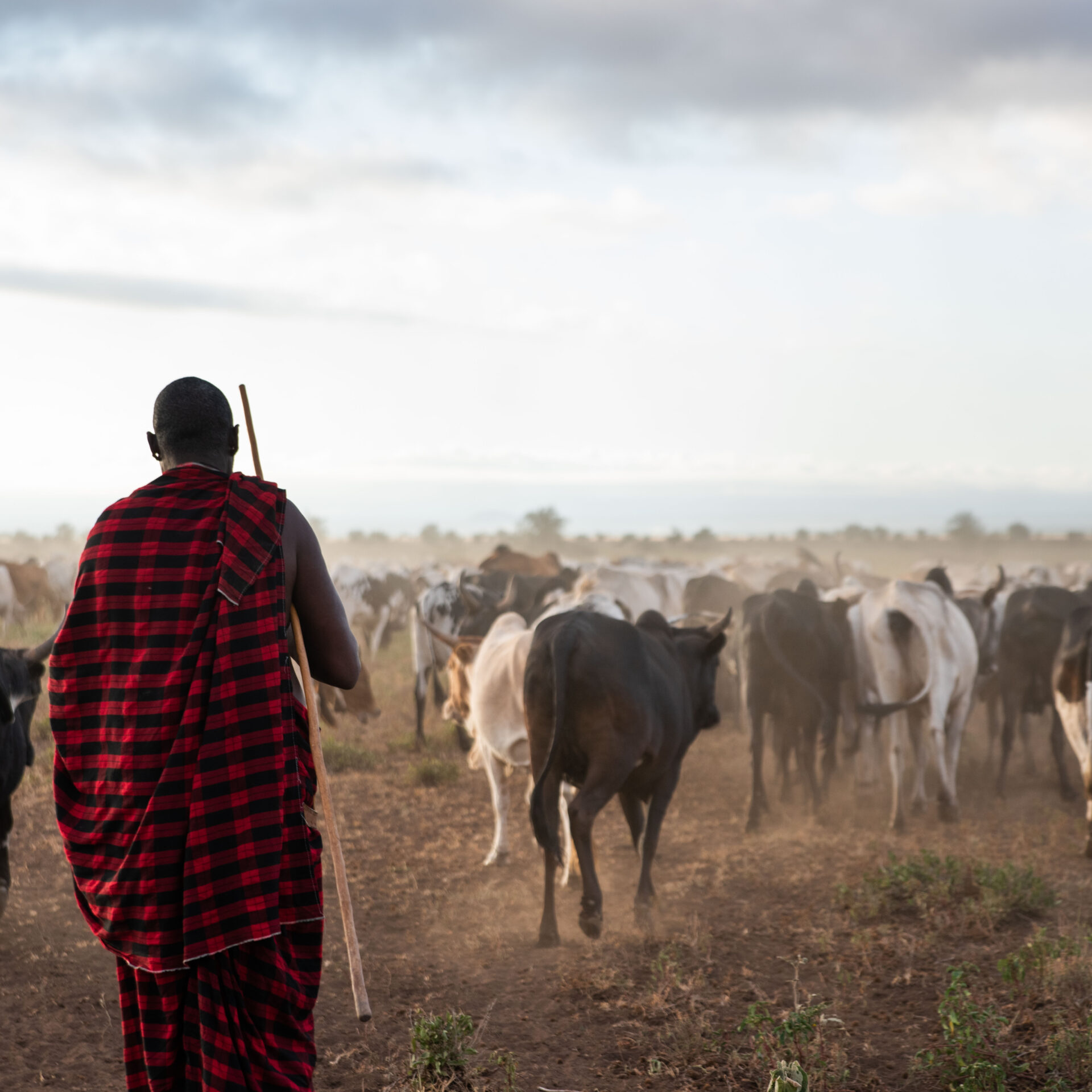-
Project type:
Forest protection (REDD+)
-
Project status:
Monitoring
-
Methodology:
VM0007
-
Project area (ha):
104,065
-
Project zone (ha):
364,322
-
Validator:
EPIC Sustainability Services Private Limited
Standards


UN Sustainable Development Goals:
The Makame Savannah CCB Triple Gold certified project, situated in a Wildlife Management Area, protects 104,065 ha of dryland forest and conserves critical habitat for protected wildlife by engaging with the Masai people to set up community land use plans that use seasonal grazing areas to keep their cattle, themselves and the ecosystem healthy.
The Masai have been herding cattle throughout the Rift Valley for 2,000 years and continue to live this traditional lifestyle today in the wildlife-rich forests. They depend on their cattle herds for survival in an unpredictable environment. The Makame project has given the Masai legal user-rights over their land as well as earning carbon revenues through the protection of their forests.
Project developer
Carbon Tanzania
Carbon Tanzania is a social enterprise that has overturned conventional landscape conservation in East Africa with its innovative, business approach to protecting forests and wildlife.
Location
The project is located in the northern part of the Makame Wildlife Management Area (WMA), Kiteto District, northern Tanzania.
Project gallery
Our impact
The revenue earned from the sale of carbon credits is helping to build the local community and economy. Carbon revenue is distributed directly to the community who collectively determine how the funds should be allocated. The revenue is usually spent on enhancing forest protection, growing educational opportunities, improving access to health care, strengthening governance and supporting community development initiatives.
-
Number of hectares under conservation
104,065
N/A
-
Number of carbon credits issued
516,838
N/A
-
Tonnes of carbon prevented from entering the atmosphere per year
1,183,925
N/A
-
Carbon revenue and beyond-carbon benefits
US$1,558,473
The project has generated US$1,558,473 of carbon revenue, a proportion of which is directed to healthcare and education projects
-
Endangered species and wildlife conservation
90%
There has been a 90 percent year-on-year reduction in poaching and evidence of at least 30 species of large mammals in the project area. These include caracal, serval, leopard, lion, wild cat, aardwolf, kudu, hyena and elephant
-
Number of people benefiting from the project activities
14,800
More than 14,800 people from five Masai communities
-
Local employment opportunities
43 people
43 people are directly employed in forest conservation activities
-
Numbers of trees conserved and planted
>1 million
More than one million trees conserved






